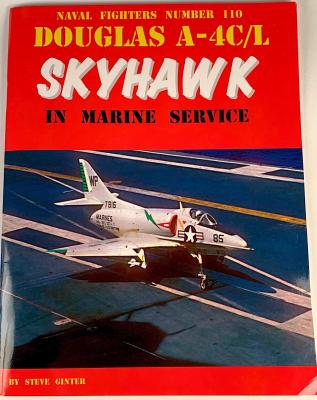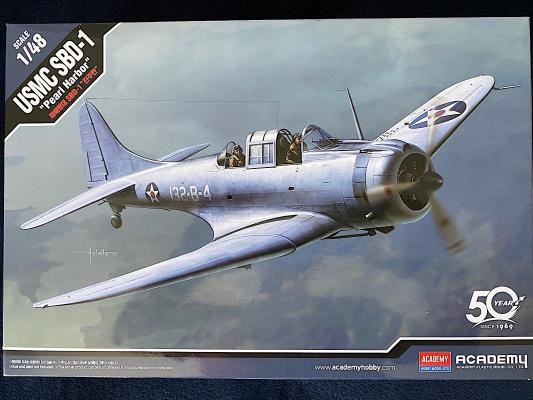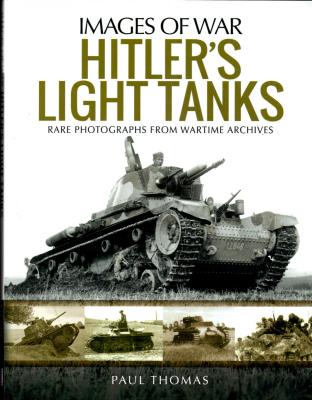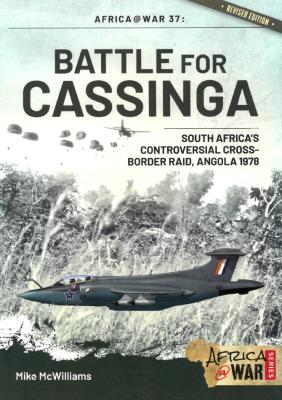This book is the seventh book in Ginter’s Naval Fighters series and looks at the 23 Marine Corps units that flew the A-4C/L Skyhawk. The book opens with a brief discussion of the development of the A-4C as an all-weather version of the Skyhawk and some of the structural changes that were made to accomplish this. While the A-4C was intended as an interim design, 638 aircraft constructed.
Welcome to the IPMS/USA Reviews site!
Introduction: The primary organization of the IPMS/USA Review website is by IPMS/USA National Contest Class. Within each Class there are sub-menus by kits, decals, books, etc. The Miscellaneous Class is for items that are not class specific or that cross two or more classes.
IPMS/USA Members: We encourage you to submit reviews, both here and to the Journal. To volunteer for membership in the IPMS/USA "Reviewers Corps" and submit your own reviews, please read the Guidelines For Submitting Product Reviews.
Manufacturers, publishers, and other industry members: IPMS/USA is pleased to offer your company the opportunity for product reviews. All product reviews are performed by IPMS/USA members, and are posted in the publicly-accessible section of our website. With very few exceptions, we perform full build reviews of new kit releases, aftermarket products, and supplies. If you would care to provide product samples for review, please contact John Noack, IPMS/USA 1st VP.
To learn more about IPMS/USA, please see our About Us page.
With the recent release of yet another Battle of Midway film, it seems appropriate for Academy to release this version of the venerable Douglas Dauntless in Marine colors. This package starts off with Accurate Miniatures excellent kit of the Dauntless. In addition, we get a photoetch fret of seat belts and pre-cut masks for the extensive canopy framing. The marking options include a USMC SBD-1 based in Hawaii on December 7, 1941 and another Marine SBD-1 based at MCAS Quantico, Virginia around the same time.
I’ve always been a fan of the Accurate Miniatures line and this kit is no exception. Fantastic surface and interior details are hallmarks of the brand. The cockpit is packed with detail but I used some online reference photos to make sure I was putting parts in the right locations. The instrument panel is cast in clear plastic but the dial faces have raised detail on them so I used the decal provided and settled it in with some Solvaset.
Bojan Dimitrijevic is working as a historian and is Deputy Director of the Institute for Contemporary History, Belgrade, Serbia. Educated at the Universities of Belgrade and Novi Sad, CEU Budapest, and the University of Bradford, he has also worked as the custodian of the Yugoslav Aviation Museum. During the period 2003-2009, Dimitrijevic served as advisor to the Minister of Defense, the Minister of Foreign Affairs, the President of Serbia, and as Assistant to the Minister of Defense. He has published over 50 different books and more than 100 scientific articles in Serbia and abroad. His professional interest is in the military history of the former Yugoslavia and Balkans in World War Two, the Cold War as well as wars in the 1990s. This is his second installment for Helion.
Synopsis per back cover: Hitler’s Wehrmacht led the way in armoured warfare as the successful blitzkriegs in Poland and North West Europe in 1940 so convincingly proved. The contribution of light tanks such as Panzers I, II and 35(t) was critical.
As the war spread to the Balkans, north Africa, and the invasion of Russia, German engineers worked tirelessly modifying existing light tanks and developing new models. The growing Soviet armoured threat, in particular, spawned tank destroyers such as the Marder III Panzerjäger, SdKfz 138/1 and 139. Anti-aircraft variants included the Flakpanzer 38(t), the SdKfz 140/1 reconnaissance tank armed with a 20mm turret-mounted gun developed from the SdKfz 22 armoured car, whereas the Aufklarungerspanzer 38(t) carried a 7.5cm gun in the support reconnaissance role.
In the final stages of the war light tanks were phased out and the Marder and 38 (t) were up-gunned; the Wespe was adapted from the Panzer II chassis.
Mike McWilliams works in the Renewable Energy and Climate Change field. He has been a television cameraman and the owner of a design consultancy. He did military service in 1970, starting as an infantryman at 6 South African Infantry but immediately volunteered to train as a Paratrooper at 1 Parachute Battalion in Bloemfontein. He served in 1 Para Bn, 2 Para Bn and 3 Para Bn completing many 3 month stints as Fire Force in Owamboland South West Africa until 1978. The Battle for Cassinga was his last operation. Mike was a skydiver and won the South African National Championships five years in succession from 1980 to 1984 and also competed at World Parachuting Championships and World Cups in both Free Fall Relative Work as well as Canopy Relative Work. In 1983 he captained the South African 8 Way Team to a Bronze Medal at the World Championships. Mike is married to Frances and has three sons. His interests are classical music, chess, hunting, motorcycles and reading.















